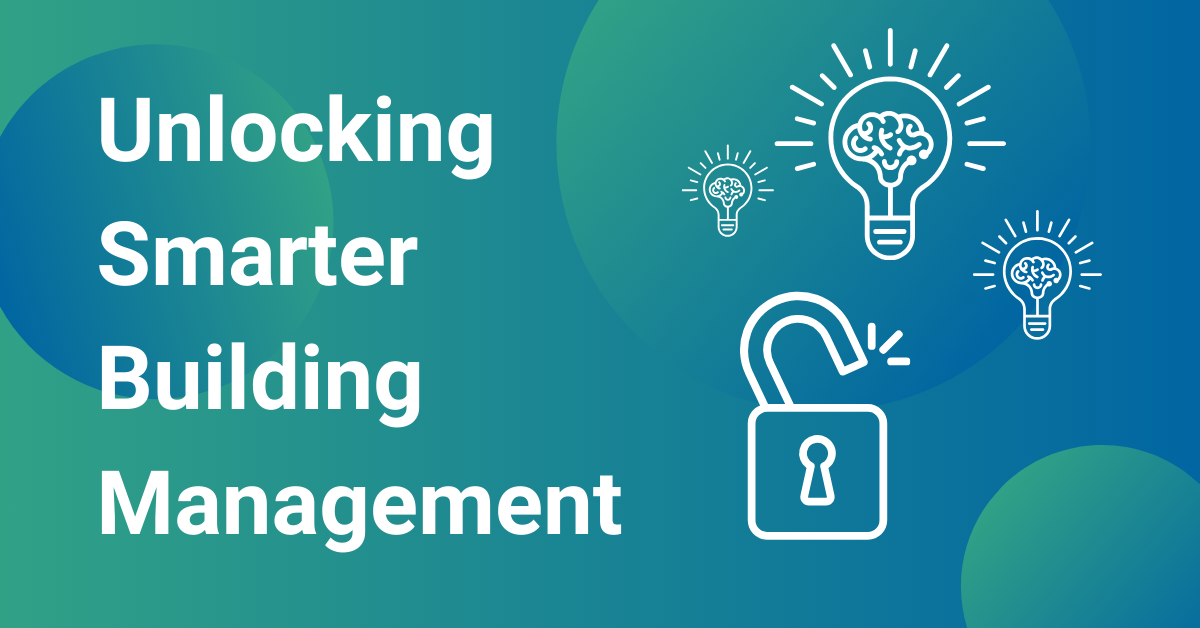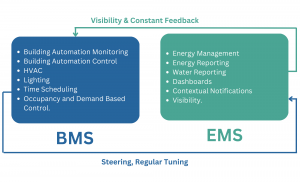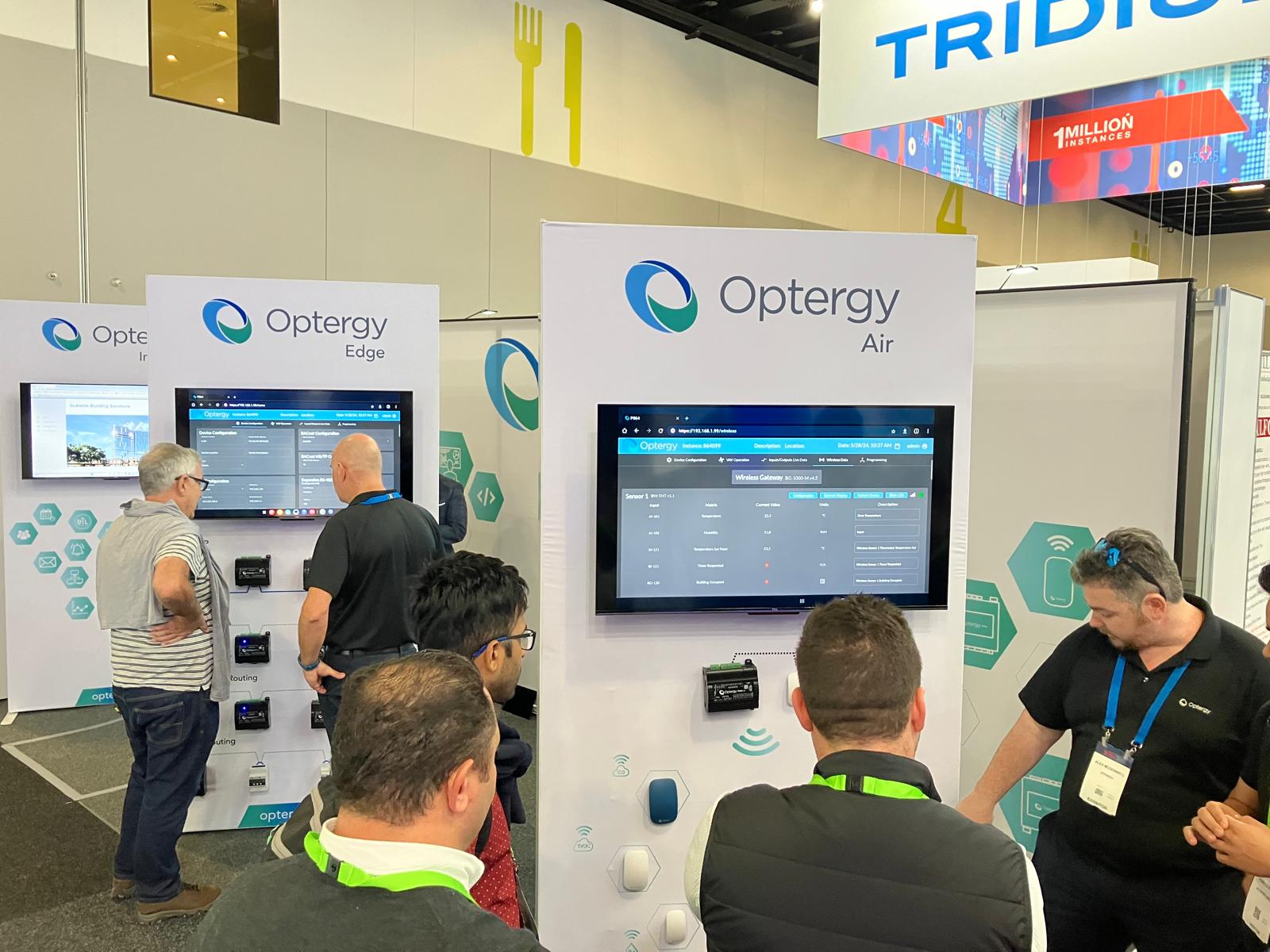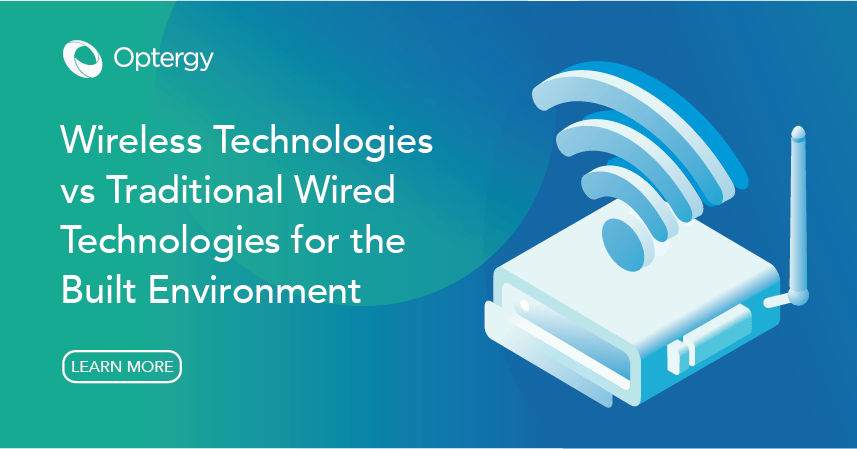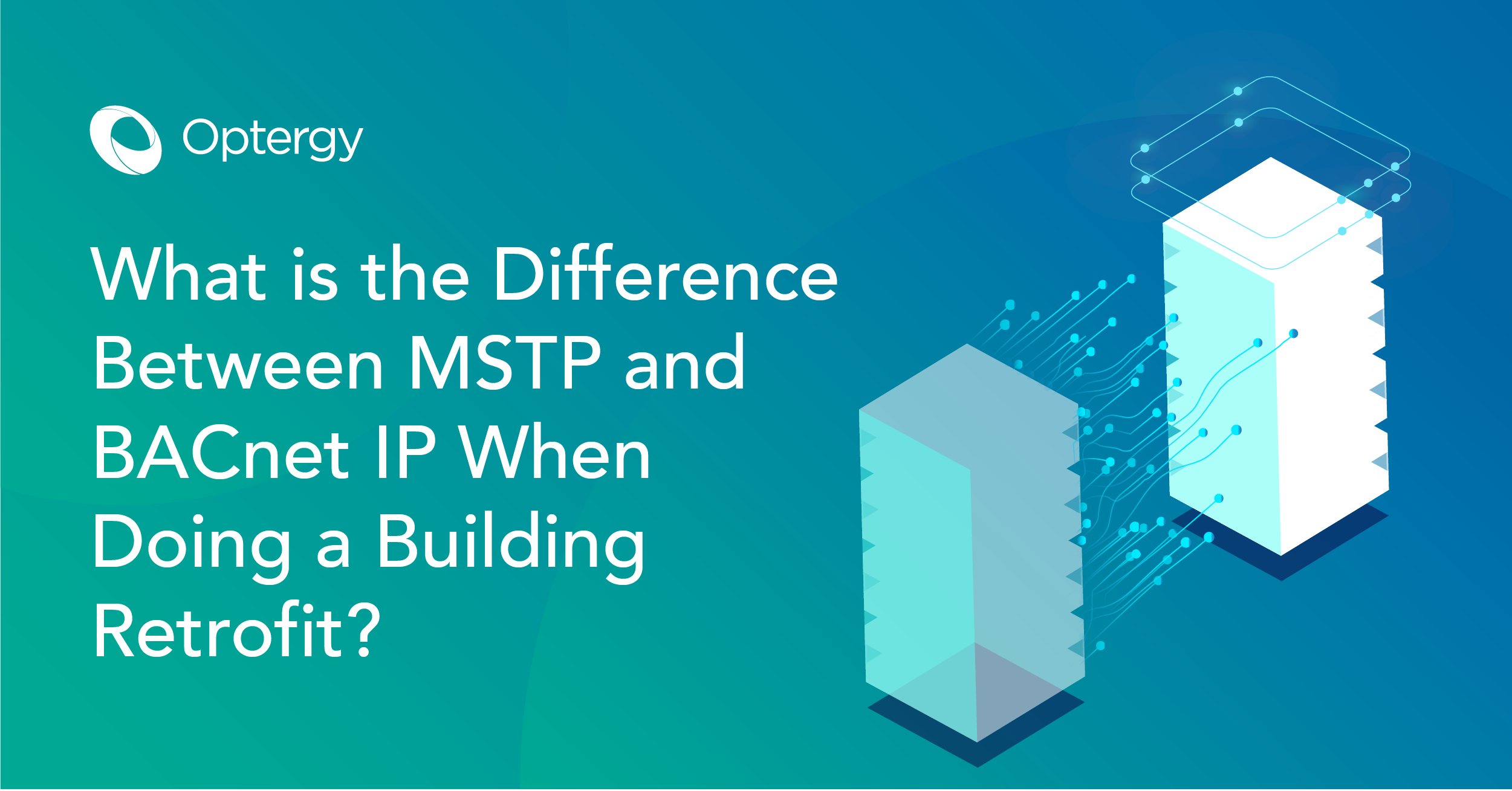Modularity
Open and multivendor systems are characterized by modularity, where different components of the system, such as management systems, plant controls, terminal unit controls, and wireless sensing devices, are designed to be interchangeable like building blocks. This modularity allows for the selection of the best-of-breed solutions for each specific function, rather than being tied to a single vendor’s ecosystem.
Vendor Neutrality
These systems promote vendor neutrality, meaning that they do not favour any particular vendor’s proprietary technology. Instead, they rely on open standards and protocols to ensure interoperability among various components from different vendors. This prevents vendor lock-in and allows for greater flexibility in choosing and switching components.
Interoperability
Interoperability is a fundamental aspect of open and multivendor systems. Components from different vendors should seamlessly communicate and work together. This interoperability is achieved through standardized communication protocols like BACnet, Modbus, or REST APIs, ensuring that all parts of the system can exchange data and commands effectively.
Flexibility
Open systems offer flexibility in terms of component selection and replacement. As technology evolves or the objectives of building owners/users change, individual components can be swapped out and replaced with alternatives without disrupting the entire system. This adaptability is crucial for the long-term sustainability of the building’s infrastructure.
Best-in-Class Approach
The Lego block approach allows for a best-in-class strategy, where each component can be chosen based on its merit and performance. This means that building owners and operators can select the most suitable solutions for their specific needs, resulting in a more efficient and effective overall system.
Scalability
Open and multivendor systems are scalable, accommodating the needs of buildings of different sizes and complexities. Whether it’s a small office or a large industrial facility, the system can be tailored by combining the right components to meet the specific requirements.
Cost-Efficiency
By avoiding vendor lock-in and selecting the best components for each function, open and multivendor systems can often lead to cost savings. Competition among vendors can drive down prices and improve the quality of components, ultimately benefiting the building owner.
Longevity
Open and multivendor systems are designed for the long term. They can adapt to changing technology trends and continue to meet the evolving needs of the building over its entire lifecycle, extending the value of the initial investment.

